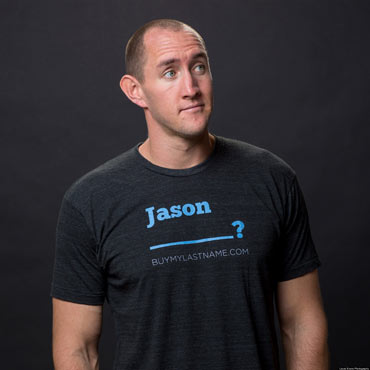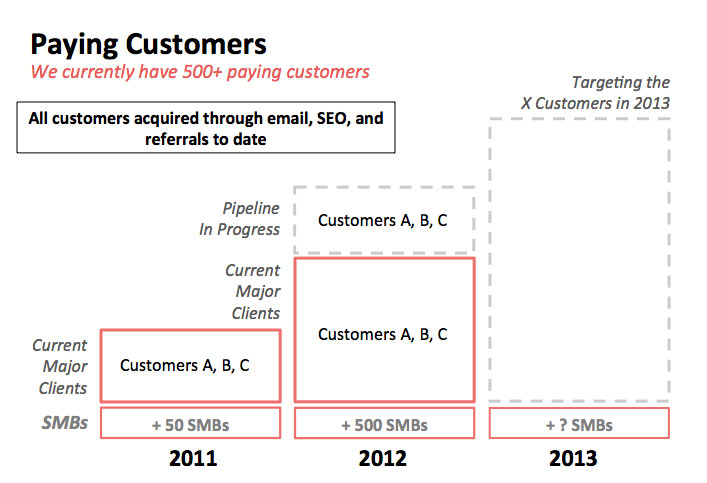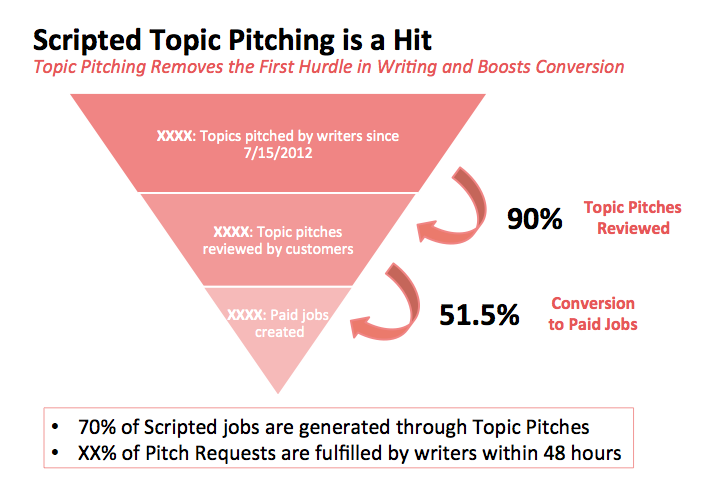Question: In another life, what startup would you have founded?
Food Startups Sound Delicious
“In fact, I almost did start this business, but I changed course. This would have been a service of meal planning, making shopping lists, buying the food you need and delivering it to your door. I think a lot of busy people who want to eat healthy but don’t have time to sit down and write a menu plan for the week would dig it.”
Electric Cars Are the Future
“With fuel prices soaring and health/environmental concerns continuing to plague the US automotive industry, I think there’s a terrific opportunity for someone to create a sexy, affordable electric vehicle. Equally important, there must be a charging network in reach of nearly everyone. With built-in WiFi and a Siri-like assistant, this car would make traffic seem more like a treat!”
Exploit the Ultimate Combo
“Two of my favorite things in this world are beer and ice cream. I’ve always fantasized about opening up a beer and ice cream shop or restaurant. The other day, I walked by a shop near me in San Francisco that sells only beer and hummus. Those guys are living my dream!”
Moon Tourism, Right?
“A flicker of my childhood dream to be an astronaut still burns in my heart. If I was born perhaps a few decades into the future, after the space tourism industry grows with players like Virgin Galactic, I could see myself planning incredible excursions to the moon. Whether it’s for a team-building adventure or vacation, a trip to the moon would be unforgettable.”
Spartan Races Win!
“When we get real with ourselves, running a software company isn’t what I dreamed I’d be doing when I was a kid. Sitting behind a desk and computer sounded boring. Don’t get me wrong, its a lot of fun, we have a great team and customers, but the ultimate job is what you’d be doing for work every day if you didn’t have to worry about money at all. Spartan Races would be mine!”
Real Estate Is Really Great
“This is a tough question; I couldn’t imagine doing anything else. Perhaps I would have been involved in a real estate investment firm or another type of business in the finance sector, as it’s always been an interest of mine.”
Food Trucks Drive Success
“I’d open a Peruvian/Japanese fusion truck with my cousin from Peru here in San Francisco. We’d get the recipes from my grandma that already makes amazing Peruvian and Japanese food. My cousin and I would cook the food while my girlfriend took the orders. I’d start now if I had the time!”
Media Platforms Make Waves
“I’ve always loved the media industry, so I probably would have launched a publication of some kind — which likely would have been a lovely failure! Talking to a large audience is the best way to start a real conversation, and having a platform to lead a discussion has always appealed to me.”
Spinning Still Makes People Happy
“If I weren’t a photographer, I’d definitely look into the world of deejaying. I think it’s so amazing how music can lift people’s spirit. Just seeing them enjoy what I’m doing and dancing would be indescribable.”
Coworking Daycare Space
“Being an entrepreneur who works 15+ hours a day and who also has a 19-month old daughter, I definitely have thought about the idea of starting a coworking space that had attached daycare services. Entrepreneurs need dedicated work time, possible private office space for phone calls or meetings, but you might not want to leave your kids for 15+ hours a day!”
Share Alike With a Bike
“Thanks to services such as Zipcar and City Car Share, I’ve haven’t owned a car for the past 4 years. I’d love to build on the idea of shared transportation and create a bike sharing service. We’d place pods all over the city and riders could pick up a bike at any pod and return to any other pod. This would be convenient for both locals and tourists — and a great way to stay fit!”
Run Away with Rosetta Stone
“As a linguist, I would have loved to have launched Rosetta Stone. Then I would try and learn all the languages and travel to every country in the world!”
Starting Up and Serving Tea
“The dream that fell by the wayside is a tea startup. Years ago, I was very close to embarking on a journey called “60 Teas in 60 days.” It was going to be a web series that brought the audience along as I traveled through Asia — tasting tea, interviewing tea masters and exploring tea plantations. After the initial push, the goal was to create different tea blends and a weekly tea tasting show.”
The Young Entrepreneur Council (YEC) is an invite-only organization comprised of the world’s most promising young entrepreneurs. In partnership with Citi, the YEC recently launched #StartupLab, a free virtual mentorship program that helps millions of entrepreneurs start and grow businesses via live video chats, an expert content library and email lessons.























